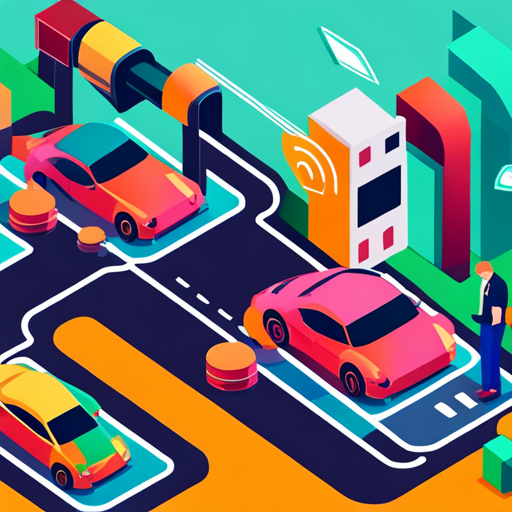What can one discover about a city by simply gazing at it? Kevin Lynch, a well-known urban designer, explored the streets of Boston in search of an answer seventy years ago. In “The Image of the City,” he described how he and his team discovered a city that was “vivid in form and full of locational difficulties,” and they were captivated by how people used landmarks like the Charles River and Boston Common to locate themselves amid the Hub’s dangerous streets.
Lynch’s ground-breaking research demonstrated how a city’s appearance may reveal a lot about its culture. We are now realizing that Lynch only touched the surface as artificial intelligence improves at processing street photography. MIT study has demonstrated that, once trained, visual AI is startlingly accurate in forecasting house values, crime rates, and even public health effects – just by analysing images. This will be a ground-breaking tool for policymakers, giving them a data-driven understanding of every urban block, yet it has the potential to create biases and mislead us. Will we be able to keep our own eyes open when unblinking computer eyes flood our streets?
Walk along any street in Boston, and visual cues can tell you a lot about it. Potholes and storefronts, automobile models and crowd makeup all provide important insights into our city. This street-level evaluation is especially useful for finding promising neighbourhoods.
Visual AI can now track the same indications on a vast scale. In a recent article, MIT group gathered 27 million images of American streets, as well as quantitative data on neighbourhood characteristics ranging from crime rates to the prevalence of various mental health disorders. This training data was then used by the computer to find relationships between visual features and underlying reality. This is the same pattern-matching mechanism that drives ChatGPT and self-driving cars, but its potential in our streets is just beginning to be realized. According to the findings, visual AI is astonishingly successful at predicting several characteristics of a neighborhood’s profile, such as poverty, crime, mobility, real estate values, and public health.
This fine-grained knowledge has the potential to allow us to make data-backed decisions on every street. Cities could discover which parks need benches the most, or which corners are prone to automobile accidents or violent crime. A marketing firm may use computer vision to determine the greatest corners for a billboard; a street vendor could figure out exactly where to shift their cart from hour to hour. In the future, much as we will all have ChatGPT to help us learn information, we may all have visual bots to help us view the physical world.
However, despite how potent visual AI may be, these algorithms can only perceive as clearly as their training data allows. Classical bias concerns are raised as a result; an opaque algorithm could systematically undervalue the homes of marginalized people or promote excessive enforcement in particular areas. The Goodhart’s Law, which states that a measure stops being a good measure when it becomes a target, must also be kept in mind. Imagine a gloomy future where everyone paints their walls a particular color to please the bot or where local officials prioritize raising a neighborhood’s score on an AI metric over addressing the neighborhood’s actual issues. Finally, forecasts might materialize into prophecies that would lock cities into a predetermined ideal state. Algorithms can optimize within their constraints, but they can also paralyze us in our current ways of thinking.
As a result, the AI era places a new value on human intelligence, creativity, and boldness – the ability to employ these technologies without being bound by them. Conventional thinking is always conservative; its pull is stronger now that it is built into mostly accurate and constantly available bots. A computer vision programme is an invaluable tool for assisting cities in optimizing their traffic lights, but it may lull human users into forgetting that we should invest in bicycles and subways. Although computers can count every leaf on every tree, only humans can perceive the forest and determine what to do with it. AI does not replace subjectivity with objectivity; rather, it makes political issues of power and prioritization even more pressing.
It will need human intelligence, imagination, and bravery to break free from these limiting conventions: to point out an algorithmic error, to challenge an optimization that does not make sense in a particular situation, or to suggest a different approach that has never been taken. Artificial eyes that never tired and see everything clearly are approaching our streets and claiming to be able to show us things we have never seen before. If we keep our own eyes open, they will be fantastic tools for guiding us.








